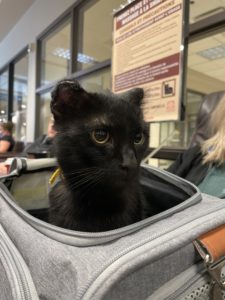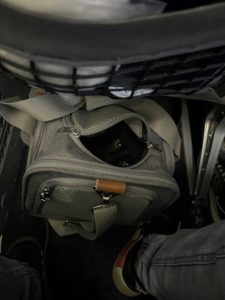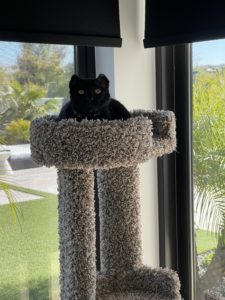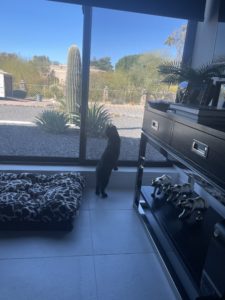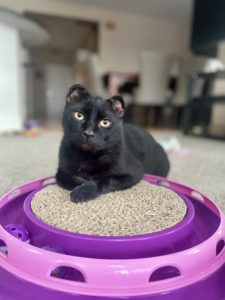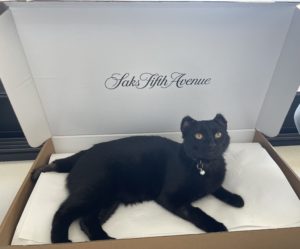Camping is one of the most popular summer pastimes in Saskatchewan! And, why not? We get outside in the fresh air, it’s cost-effective and a fun way to enjoy the great outdoors and connect with your friends and family. Often, we include our canine friends in our plans. If you’re thinking of camping with your dog (or even your cat!), here are some important safety tips to keep in mind.
Before you leave home:
- Make sure your pet’s vaccinations are up to date as you never know what they might encounter in the forest or campground.
- Ensure that your pet is microchipped and has tags on their collar with a phone number where you can be reached while on vacation. Should they decide to investigate where that chipmunk lives and wander off and get lost, this may be critical in reuniting with your pet.
- Bring their favourite toys and blankets. Being in a car or camper for hours can get boring! Make the experience fun and comfortable for your pet by taking along a few favourite toys and blankets so they’re happy at their home away from home.
- Spend some time with your pet in the camper or tent. If you can, you might even plan a sleepover in the backyard or driveway to make sure they’re comfortable and have a chance to explore the accommodations. You don’t want any unpleasant surprises after traveling for a few days to the campsite!
- Plan stops along the way for pee breaks and ensure you have available water for your pet.
- Familiarize yourself with any local laws at your destination that may restrict where pets are allowed to be, breed-specific legislation, and any other “need to knows” about having pets in that area.
At the campsite:
- Always keep your pet on a leash as there could be other pets or wildlife in the area. You are also in unfamiliar territory that your pet may want to explore, creating a risk that they may get lost. You may also consider bringing a crate to ensure your pet stays with you and to make them comfortable if they use one at home.
- Provide plenty of shade and water. Our Saskatchewan summers can get extremely hot at times, and it is crucial that your pet has a cool place to keep cool and relax.
- Never leave your pet unattended, in a hot tent or car. Be sure you are aware of your pet’s condition and that they are not exposed to hazardous situations and conditions.
Watch for potential pet hazards:
- Keep your pet away from the campfire: Campfires are notorious for sending sparks flying in all directions. Burning embers pose a serious threat to those close to the fire, especially your pets. Be sure to have fire safety equipment on hand.
- Be aware of any potentially hazardous plants that may grow where you are camping and be sure not to expose your pets to any that may be there.
- Never let your pet drink from streams or ponds as they can be sources of infectious bacteria or other pollutants. Always have clean potable water available to your pet.
- Check for ticks and other parasites after you venture through wooded areas or through tall grasses. Burrs, thorns, and other plant-based hazards should also be avoided or removed if they become entangled in your pet’s fur.
